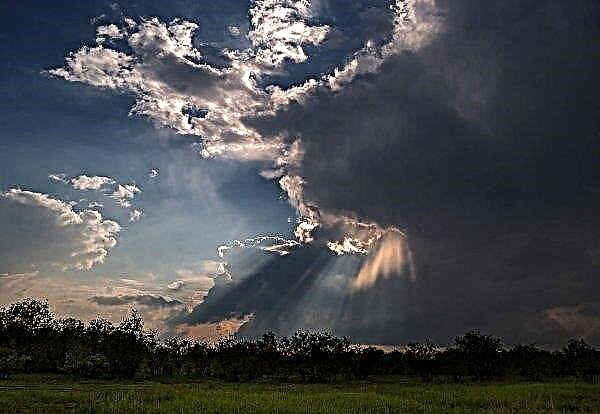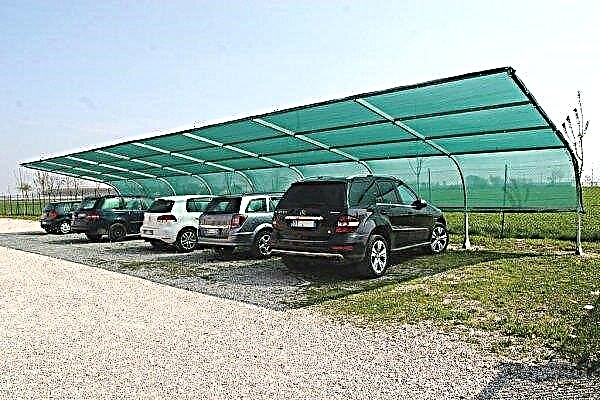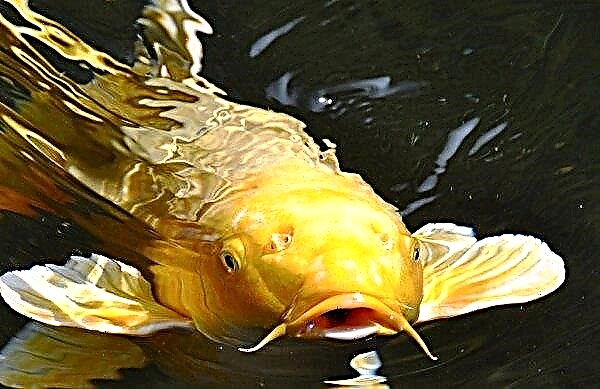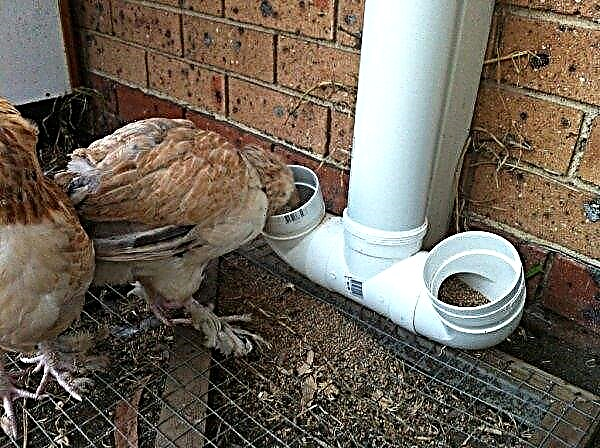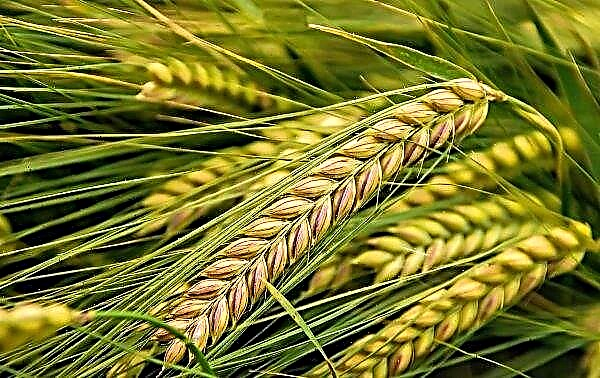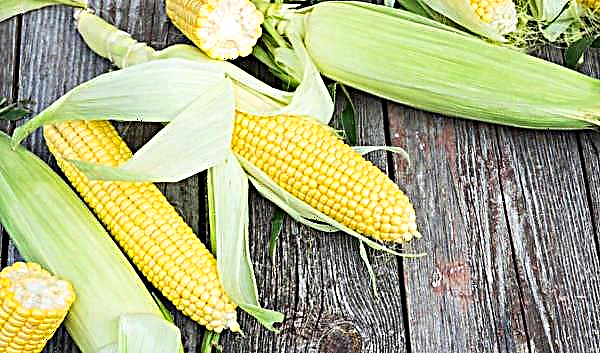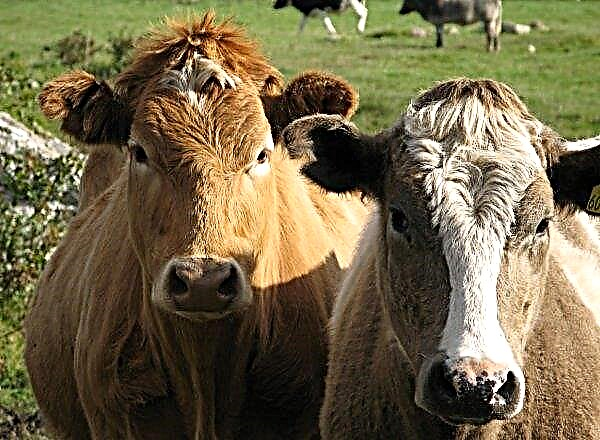Yellow spotting or pyrenophorosis in comparison with other diseases of winter wheat is a new and extremely dangerous disease with high growth rates. In 2019, experts expect an average level of disease development in the fields of Ukraine.
The greatest danger is pyrenophorosis in those farms where minimal soil cultivation is practiced.
The intensive development of pyrenophorosis begins during the flowering period of winter wheat. But under favorable conditions, the disease can manifest itself much earlier, namely at the beginning of the exit into the tube, when the weather is warm and warm with at least + 20 ° C air temperature and alternate with wet rainy days. Abundant night dew also favors the development of this wheat disease.
Yellow spotting is spread through spores. The maximum release and spread of bagospores from the affected plant debris occurs in February-March. Considering the stocks of the autumn infection, which successfully survived the winter on plant debris, with their prolonged wetting, in 2019, experts predict the development of the disease from insignificant to medium levels. The defeat of wheat yellow spotting is possible in all soil-climatic zones of Ukraine.
For information, pyrenorosis affects more than 60 species of cultivated and wild-growing cereal plants. The disease manifests itself in the appearance of round or oval spots of yellow or light brown color on the leaves and leaf sheaths of cereal crops. In the center of the spot you can see a lighter area. If the disease develops, the spots merge and the leaves dry out. On rainy, wet days, a light mushroom coating can be seen on the spots, which quickly disappears.




